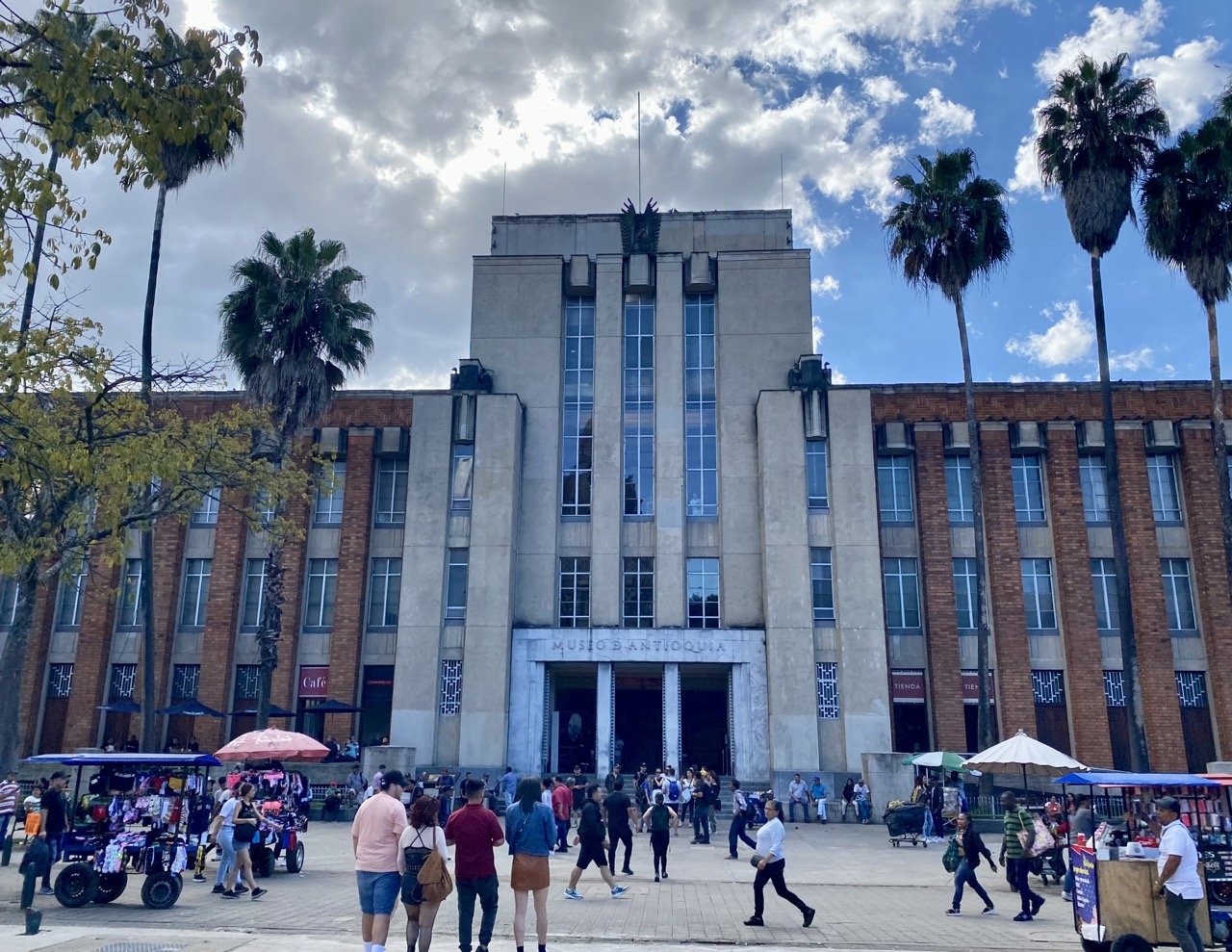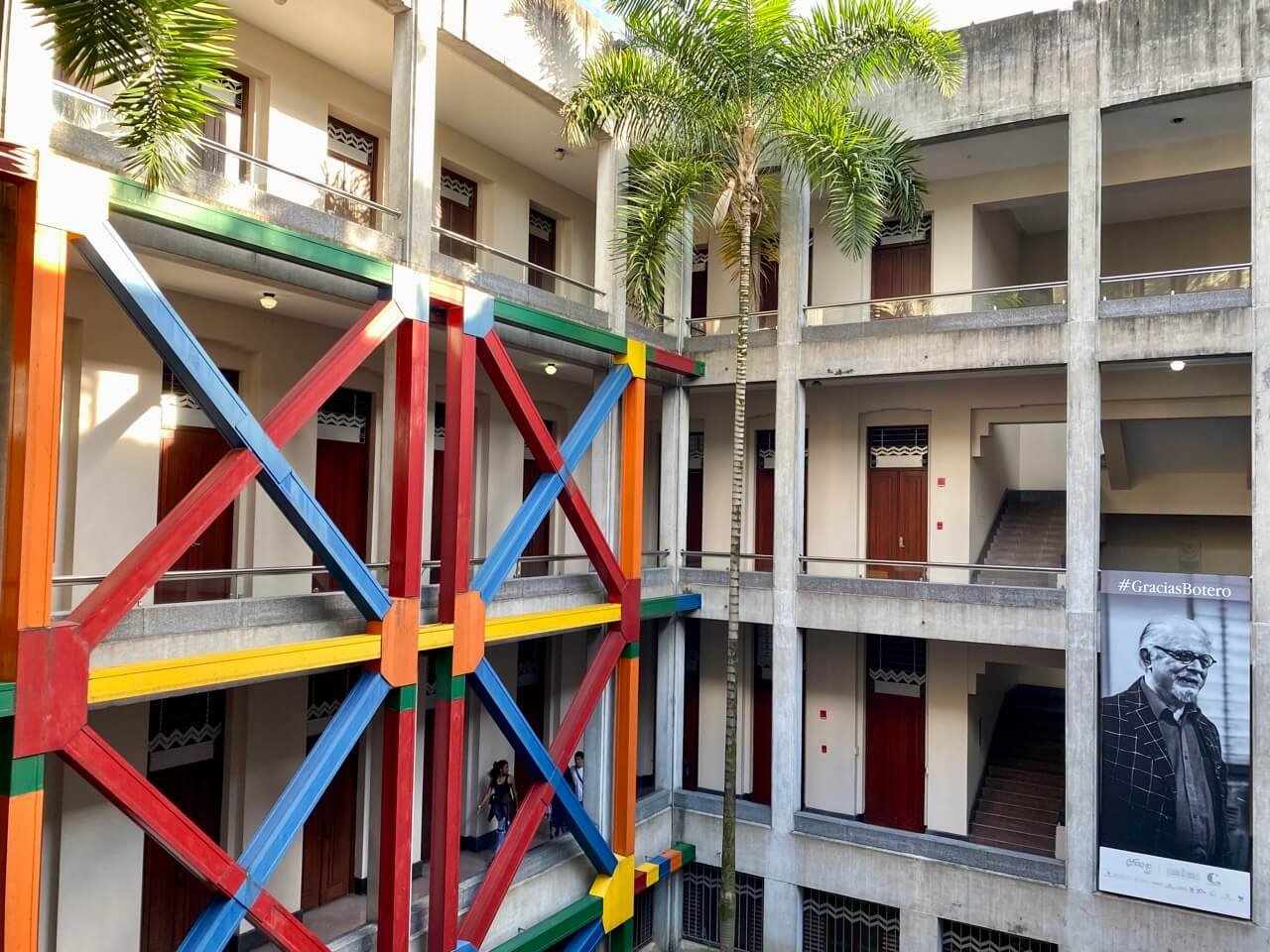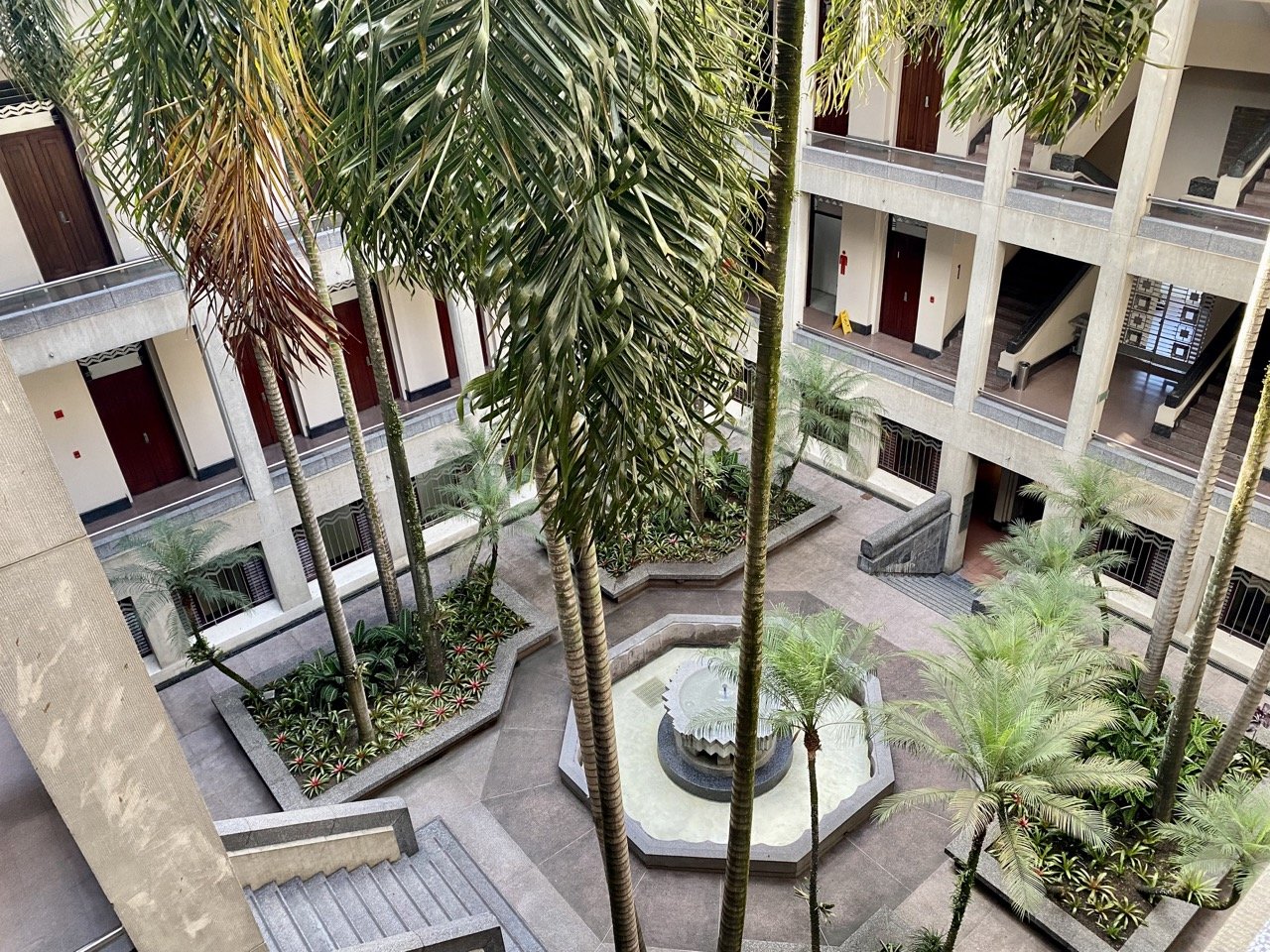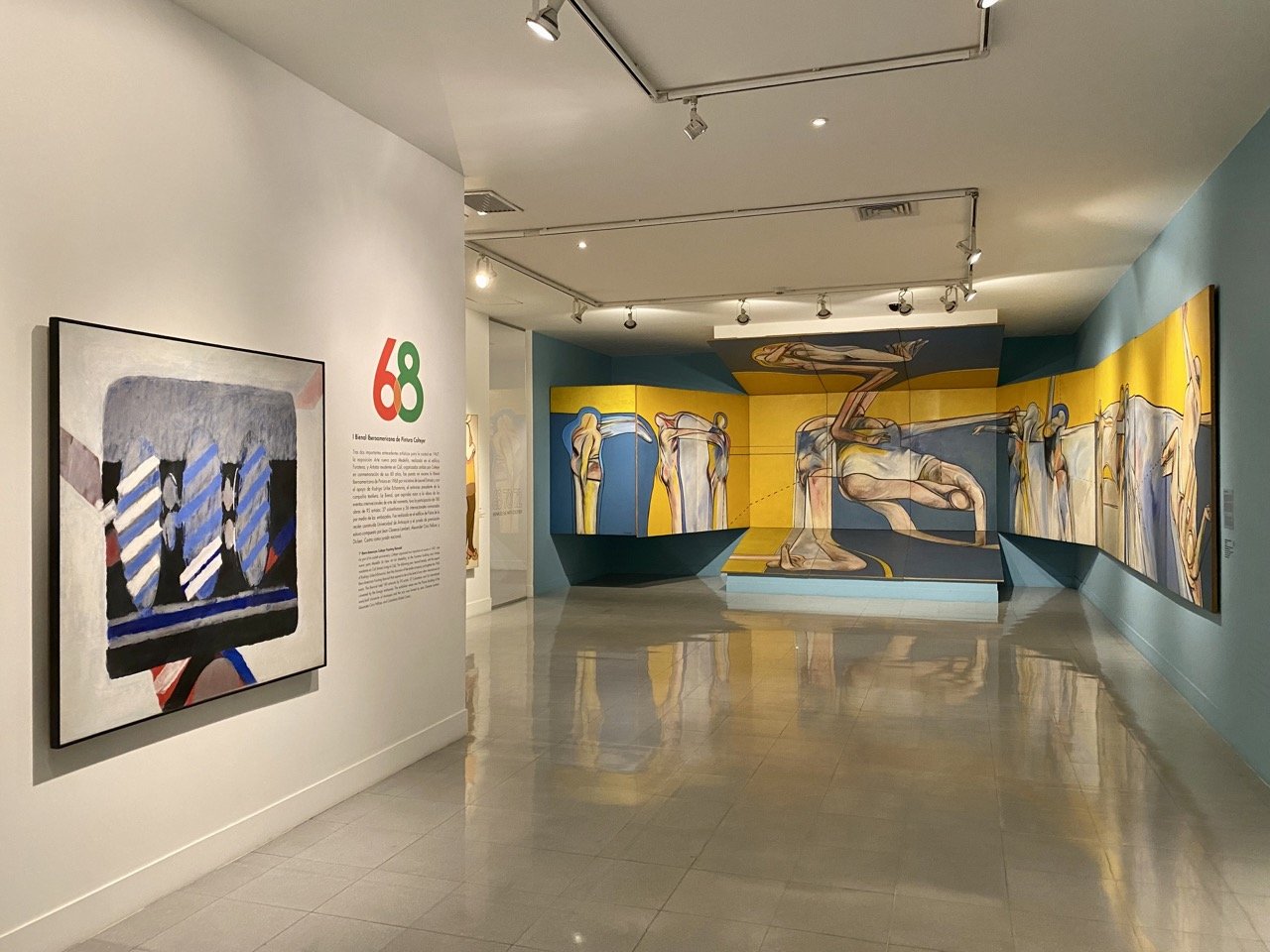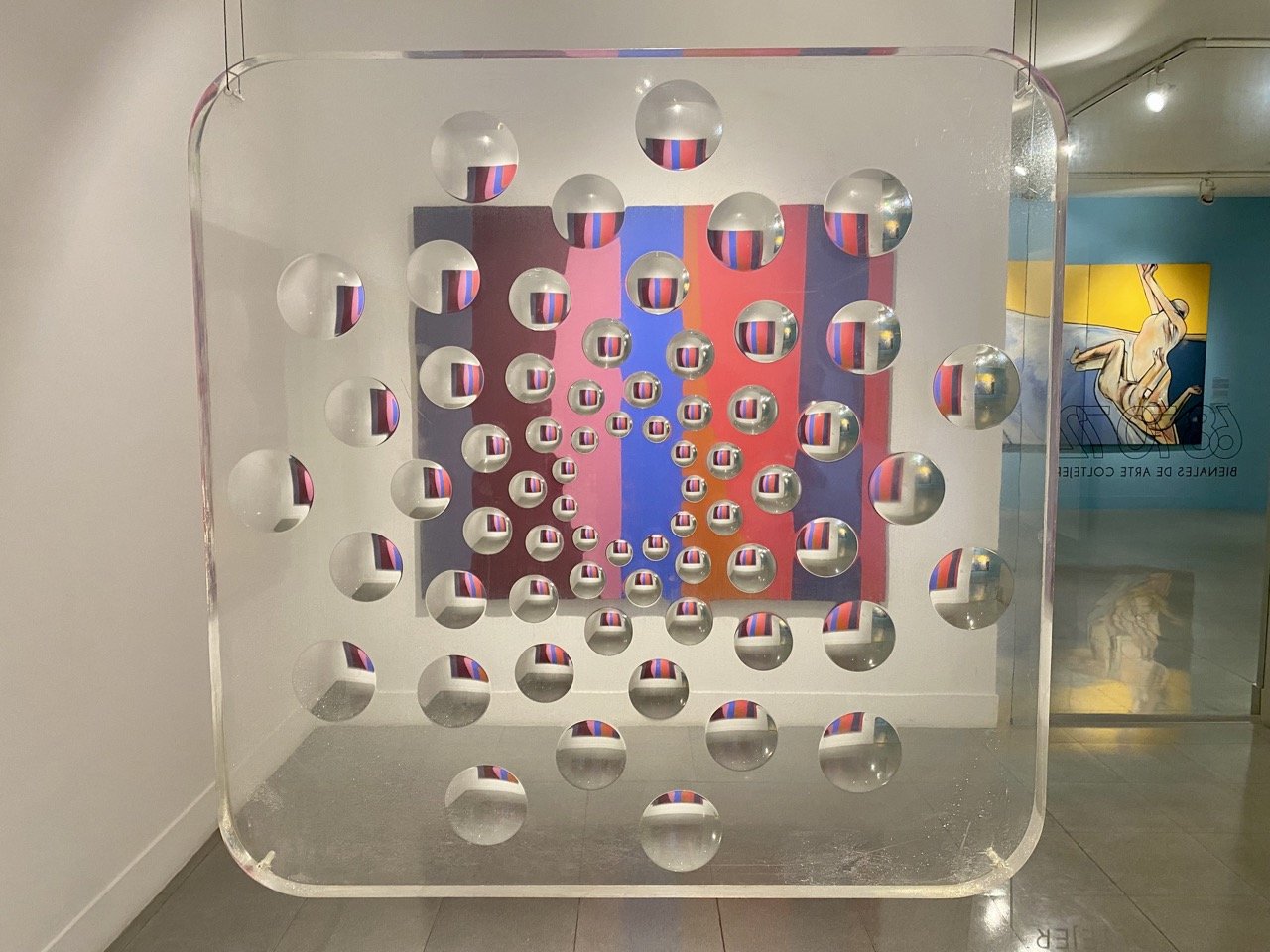Visiting the Museum of Antioquia (Museo de Antioquia): A Can't Miss Attraction in Medellin, Colombia
The Museo de Antioquia was the first museum established in the region, and the second in the nation. It’s the headquarters of art in Medellin, and showcases the works of local heroes like Botero, while also using historical and contemporary art to examine what exactly makes Medellin and Colombia tick.
After Bogota, I headed straight for Medellin, which many will know is a common choice when it comes to Colombia travel. In all honesty, Medellin was not my favourite city in South America, but I did genuinely appreciate some of the museums and the history - and none more so than the Museum of Antioquia.
The Museum of Antioquia (or Museo de Antioquia) is a hugely significant art museum which straddles the Plaza Botero, and has a clear viewpoint of the impressive Palacio de la Cultura. It’s in the heart of the action in Medellin. It’s best known as the resting place for the works of Colombian art giants and Medellin natives such as Fernando Botero and Pedro Nel Gómez.
I personally walked to the museum from the El Poblado neighbourhood, but it wasn’t the most wonderful hour walk, so you’re likely best to take the A line from wherever you are to the Parque Berrio stop (or an Uber), spend a little time getting a feel for the neighbourhood, then head into the museum.
In terms of planning your visit, the museum is typically open 10am-5:30pm (and closed on Sundays).
How Did the Museum of Antioquia Come to Be?
It all starts in 1881 when Antonio José Restrepo, Martin Gómez, and Manuel Uribe Ángel established “the Zea Museum” in honour of the late Francisco Antonio Zea. It starts off, more or less, as a showcase of the books, as well as historical and artistic artifacts, of its founders.
The museum, after some twists and turns, was eventually closed down to become the palace of the governor, Rafael Uribe Uribe. Thankfully, the collection was preserved and either put in storage, or sent to universities.
The 1946 was the critical turning point - members of the Honor Society for the Betterment of Medellin became concerned that the city did not have a museum that defined Medellin. They established the museum as private non-profit entity, and set out to build a museum that truly represented Medellin. This dream became a reality when the museum reopened in 1955.
It went through a few name changes, and a number of phases, but the museum in its modern form really took shape in 1978. That was the critical moment when Fernando Botero, the city’s most famous artist, made his first donation of works to the museum.
Perhaps understanding the significance of the new donation, the museum’s name was changed to the Museum of Antioquia - a more broadly representative name.
The Museo de Antioquia in the Modern Day
The museum has become one of the top tourist attractions in the city, but it’s also seen by locals as a stronghold for Medellin artists, and an attestation to the city’s creative prowess.
As such, major renovations have been made, the most significant occurring during the late 1990s.
In 2016, the Museum became focused on being more of a “mirror to the city,” and leaning into what makes Medellin, Medellin, for better or worse. They wanted the museum to also be a place of inquisition, but also of acceptance - a safe place for all to come and ponder some deeper questions.
There are some museums where they suggest you spend a few hours, and you arrive and realize about 45 minutes will do just fine, but this is not one of those museums. I spent hours wandering around this cultural behemoth, and felt I took a tremendous amount from it.
It’s visually stimulating, informative, and, well, beautiful - both in the scope of its art and the architecture of the historic building itself.
What Should You Prioritize Exploring at This Important Colombian Museum?
I’ll go into detail below, but the general piece of information that I like to pass along is that the 3rd floor is of particular importance because it houses many of the sculptures and paintings from Fernando Botero (as well as some artists’ from his personal collection). If you’re short on time, perhaps start there.
I’ll also mention that getting to the exhibits is an experience to be appreciated as well. Keep your eyes open for the photogenic, powerful murals (many from Pedro Nel Gómez) and the resplendent courtyards.
Exhibits of Note
Botero. Botero. Botero, everywhere.
The Fernando Botero Room: The best of Botero, in one room. There are paintings, scultures, and everything in between. Take your time here to relish his unique style. Botero, at the time of publication, is 90 years of age, and his style has become so famous, it’s known in Colombia as “Boterismo.”
The International Art Room (Botero 90 Years): You came for Botero, and the Museum of Antioquia is going to make sure you get your fill. This exhibit is all about tracing changes in his work from 1974 to 2012.
Promises of Modernity: This was a fascinating grouping of rooms that’s separated into three areas (pictured below), all looking to visions of the future (and realities of the present) between 1950 - 1999. This was a true feast for the eyes. It’s a circuit to be followed, and if you take your time, you’ll get a lot out of it. I know I did.
Stories to Rethink: “Stories to Rethink” basically gets very meta and looks at history and art criticism and how that led certain works to be canonized, while leaving out others. It also aims to look critically at how concepts like colonialism or racism may have been internalized by artists of the past.
The Mud Has a Voice: Ceramic pieces from different times and origins, and all with different stories. They urge visitors to consider the multiple narratives that these objects offer depending on who is looking at them (and who created them, and for what purpose).
At the time of publication, there is also an temporary exhibit on, “Traces of Disappearance.” It looks at the history of armed conflict in Colombia, and explores the various aspects of disappearance in those conflicts. (be it people, ecosysems, order etc.)
There are three floors in total, so my suggestion would be to start on floor 3, and then work your way down. I spent enough time here that I even stopped at the cafe for a pick me up, and that was a pleasant experience as well. It’s located on floor -1 (on the Sophia Terrace) and it’s called Café Urbania. It’s a lovely little spot, and probably a hidden gem at the museum.
What Else Do You Need to Know Before Visiting?
A ticket will cost you around 25,000 Colombia pesos if you’re a foreigner (half that if you’re a national). That’s roughly $5 USD.
The museum store features the usual array of museum souvenirs, but also some handmade works from local artisans, if that interests you.
There are guided tours everyday at 2pm. You can look at the schedule here by clicking on tours, but you may want to know that Monday is focused on Botero, Friday on the murals of Pedro Nel Gómez, and Saturdays are focused on the must-sees of the collection.
Views of the distant mountains from the top floor of the Museum of Antioquia.
However you choose to approach your visit, I can only hope this information guides you well on your journey.
In writing this, I can remember this museum with an intense clarity, and that’s always a sign to me that a place was special. On that note, enjoy, and remember to take the time to let it all sink in. This isn’t a place to be rushed, but rather carefully enjoyed and appreciated.

